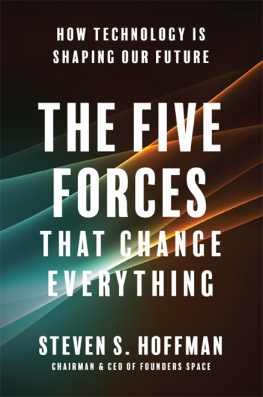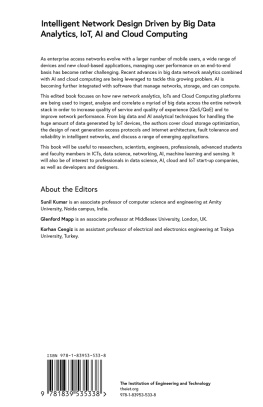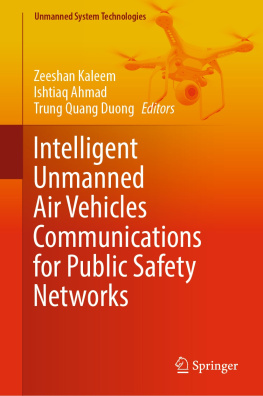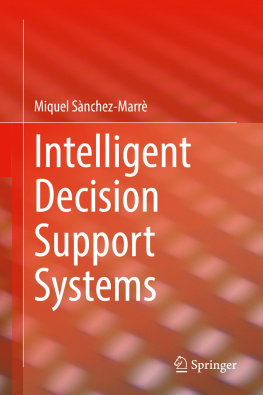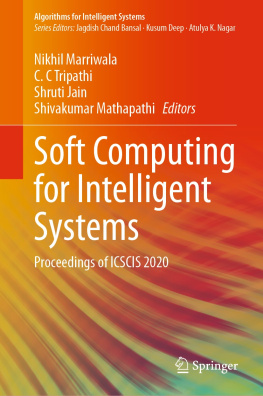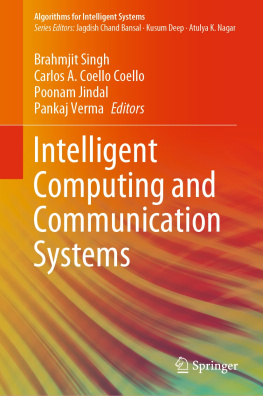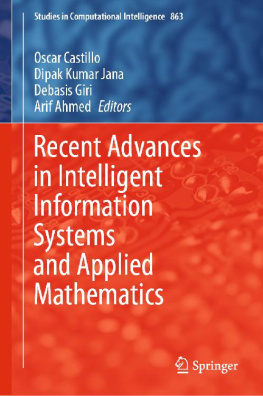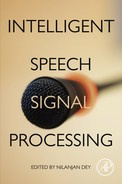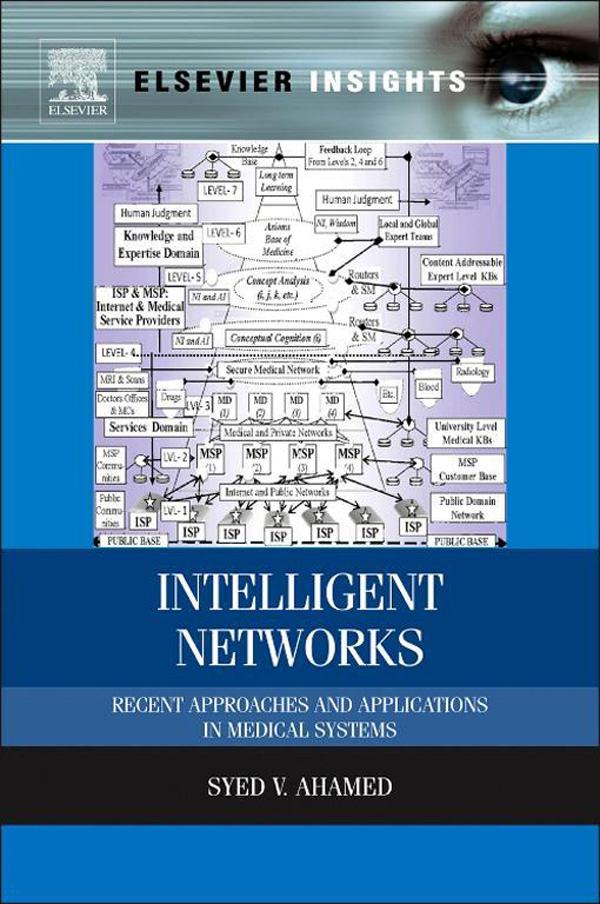Current Technological Foundation
The many dramatic impacts of the binary algebra (George Boole, 1850s), computer (von Neumann, 1940s), data networks (1950s), information (1980s), the Internet (1990s), and knowledge revolutions (2000s) are now deeply entrenched in the society. Some of the most ingrained after effects left by computers and networks are well in their sixth decade. This decade appears to that of consolidating the effects of the last 60+ years into the age of Marxist machines that serve the needs of all human beings rather than those of the intellectually elite, corporate tycoons, and financially secure nations. It is time for machines to turn human (at least humanist) rather than humans turning robotic. In an effort to make the tame the terabytes and gouge the gigabytes, we propose that the machines be oriented toward knowledge, concepts, and wisdom. Layers of knowledgeware, concept connectivity, and wisdom verification can envelope the teraflops supercomputers that grind out neither guidance nor axioms.
In this part, we present the impact of information age and Internet technologies. The framework to drive the raw information for the Androids, iPods, and for the information addicts is well entrenched in the backbone networks within the society. The global channels are the transoceanic fiber-optic information highways that can lead novices in a world of fantasy quite apart from the world of stark reality of science. Symptoms are hereScience Fiction Web sites, SF Ghost Hunter, SF Robotic Demons portray the trends that can put the mind into a severe tangential spin.
Science, technology, and economics at the core of human thought and social values, human dignity and total integrity at the periphery are the message of this book. This chapter is a pathway into the modern communication facilities. Here, we present the optical fiber and the deep inroads it has cut into making up most of the information revolution. Cheap transport of binary bits, longevity of service, and diversity of distances that are provided by optical fibers have altered the ways in which humans think, let alone the ways in which robots function. During the last two decades, processing, communicating, and system design are realized by strings of interwoven inventions spanning chip architecture, fiber/electronic technologies, and optical switching devices.
A robot is a vaguely humanist machine. It is artificially intelligent rather than being naturally contemplative. At a more detailed level, humanist machines though not contemplative will seek out, process, and substantiate the rationality within its processes. A robot may attempt human functions to the same extent as computer may try to compose music or play chess. In contrast, a humanist machine is more human than a machine and wiser than humans with a median level of contemplation as much as computer-generated music can be better than that from a novice composer or the programmed moves of a computer can be better similar moves of a beginner.
Humanist machines operate at the knowledge and concept levels, and robots operate at a force and displacement levels. The robotic outputs are more physical and program driven. A human controlling a robot together does not constitute a humanist machine. A contemplative human controlling the knowledge and concepts controls the force and physical levels of a robot. However, together, they do not constitute a humanist machine. The ultimate capacity of a human far exceeds that of any machine. A machine remains to be machine, but when endued with artificial intelligence, it is faster, more accurate, less emotional, and less controversial than human beings. Given that the ultimate capacity of humans is reached only by a few, the average humanist machine can outperform most of the populous, just as a computer can play better chess than most college graduates. The humanist machine is firmly knowledge and concept oriented rather than being logic and gate oriented, even though it needs all the logic and gates to work at this higher level.
The humanist machine is inclusive of all the robotics in robots and their sensory controls and response mechanisms. Knowledge, rationality, and processes are the main issues that form the core of the humanist machines. This book deals with pristine knowledge, impeccable software, and flawless processes. It also deals with space and time as they both influence human beings and machines. In a sense, the book attempts to map the perceptual, intellectual, and scientific spaces of a human mind with core, processor, and software spaces of the machine. The topics discussed in the book are as practical as the logical gates in a CPU that process binary bits. The book outlines the methodology to channel knowledge centric objects and their functionalities that affect human beings to accomplish more human than most humans, though not the best of humans. This aspect makes humanist machines distinct from traditional computers.


